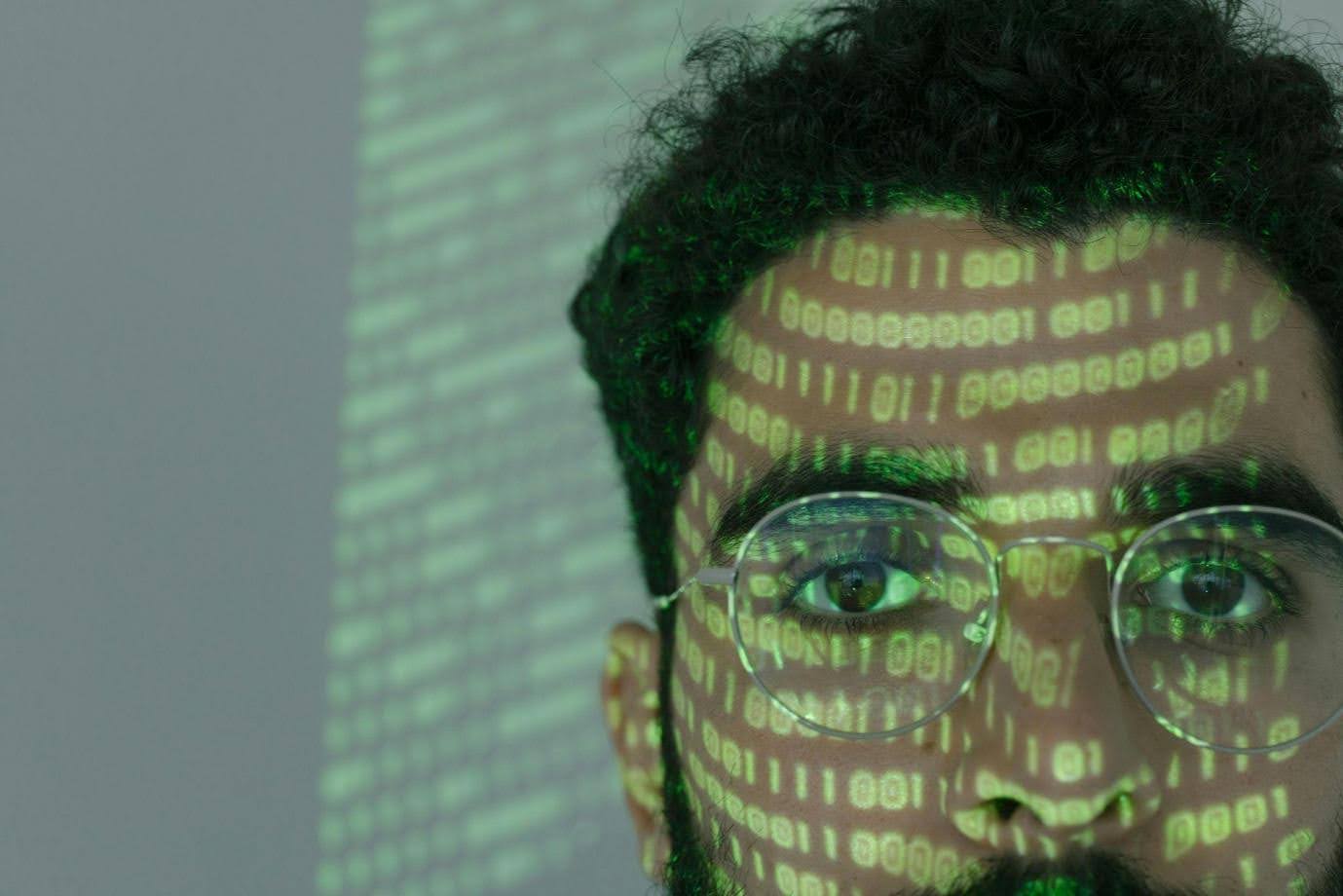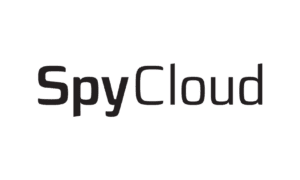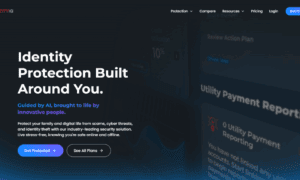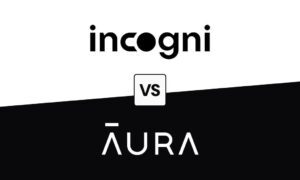The Dark Web has long been shrouded in mystery, fear, and misinformation. Movies, TV shows, and sensational news headlines have painted it as a lawless digital underworld—a place where hackers roam freely, illegal deals are made in shadows, and danger lurks at every corner. While it’s true that illegal activities exist on the Dark Web, much of what people believe about it is exaggerated or simply untrue.
The reality is far more nuanced. The Dark Web is not inherently evil or entirely inaccessible to the average person. In this article, we’ll break down some of the most common myths about the Dark Web, separate fact from fiction, and explain why understanding this part of the internet is essential in today’s digital age.
Myth: The Dark Web Is Entirely Illegal
One of the most widespread myths is that everything on the Dark Web is illegal. While it’s true that illegal marketplaces, stolen data, and illicit services exist there, they make up only a portion of the activity. The Dark Web also serves legitimate purposes.
For example, journalists and whistleblowers often use the Dark Web to communicate securely and anonymously, protecting themselves from surveillance or retaliation. Activists in oppressive regimes rely on it to bypass censorship and share information freely. Even large organizations and governments use Dark Web tools for research, threat intelligence, and cybersecurity monitoring.
Myth: The Dark Web and the Deep Web Are the Same Thing
The terms “Dark Web” and “Deep Web” are often used interchangeably, but they’re not the same. The Deep Web refers to any part of the internet that isn’t publicly searchable through standard search engines. This includes everyday services like email accounts, online banking portals, and private cloud storage. In fact, the Deep Web makes up about 90% of the internet.
The Dark Web is a smaller subset of the Deep Web that requires specific tools, such as the Tor browser, to access. While the Deep Web is mostly made up of harmless private data, the Dark Web contains both legitimate and illegal content.
Myth: You Need to Be a Hacker to Access the Dark Web
Another common misconception is that only hackers and cybercriminals can access the Dark Web. In reality, accessing the Dark Web isn’t as complicated as Hollywood would have you believe.
Anyone with an internet connection and the right tools can access Dark Web websites. Tor is a free, open-source software that anonymizes your internet traffic, making it nearly impossible to trace your online activity.
However, just because access is simple doesn’t mean it’s risk-free. Navigating the Dark Web without proper knowledge can expose you to scams, malware, and illegal content. That’s why education is critical before diving in.
If you want to understand how the Dark Web works and how to explore it safely, Kapsuun Group’s Dark Web course provides practical knowledge and hands-on guidance to ensure you can navigate this space securely and responsibly.
Myth: Law Enforcement Has No Presence on the Dark Web
It’s easy to assume that the Dark Web is a digital Wild West, entirely free from the reach of law enforcement. But the truth is that law enforcement agencies actively monitor and infiltrate Dark Web marketplaces and forums.
High-profile operations, such as the takedown of the Silk Road marketplace and the arrests of numerous cybercriminals, show just how effective authorities can be in cracking down on illegal activities. Agencies like the FBI, Europol, and Interpol have dedicated teams focused on tracking cybercriminals operating on the Dark Web.
While anonymity tools like Tor make detection harder, they don’t guarantee total invisibility. Mistakes, poor security practices, or undercover investigations often lead to arrests.
Myth: The Dark Web Is Only Used for Criminal Activity
While illegal marketplaces and cybercrime often dominate conversations about the Dark Web, it’s important to recognize that this space serves legitimate purposes as well.
Journalists, human rights activists, and whistleblowers rely on the Dark Web to communicate securely. For example, major news organizations use platforms like SecureDrop to allow anonymous tips and document submissions.
Additionally, cybersecurity professionals use the Dark Web for threat intelligence gathering, monitoring data breaches, and analyzing emerging cyber threats.
The Dark Web is not inherently good or bad—it’s simply a tool. Like any tool, its impact depends on how it’s used.
Myth: If You Visit the Dark Web, You’ll Be Hacked Instantly
Another fear-driven myth is that accessing the Dark Web will result in immediate hacking or malware infection. While risks exist, simply visiting a Dark Web website won’t automatically compromise your device.
However, the risk increases significantly if you download files, click suspicious links, or interact with malicious actors. Malware, phishing attacks, and scams are common, so it’s essential to approach the Dark Web with caution and proper cybersecurity tools.
Using a virtual private network (VPN), enabling antivirus software, and avoiding suspicious downloads are key steps to staying safe. Education also plays a crucial role in minimizing risks.
Understanding the Dark Web: Separating Fact from Fiction
The Dark Web is not the ominous, lawless wasteland portrayed in movies and media—it’s a complex digital space with both risks and legitimate uses. Believing in these myths can prevent people from understanding their true potential or, worse, lead them into unnecessary danger.



































